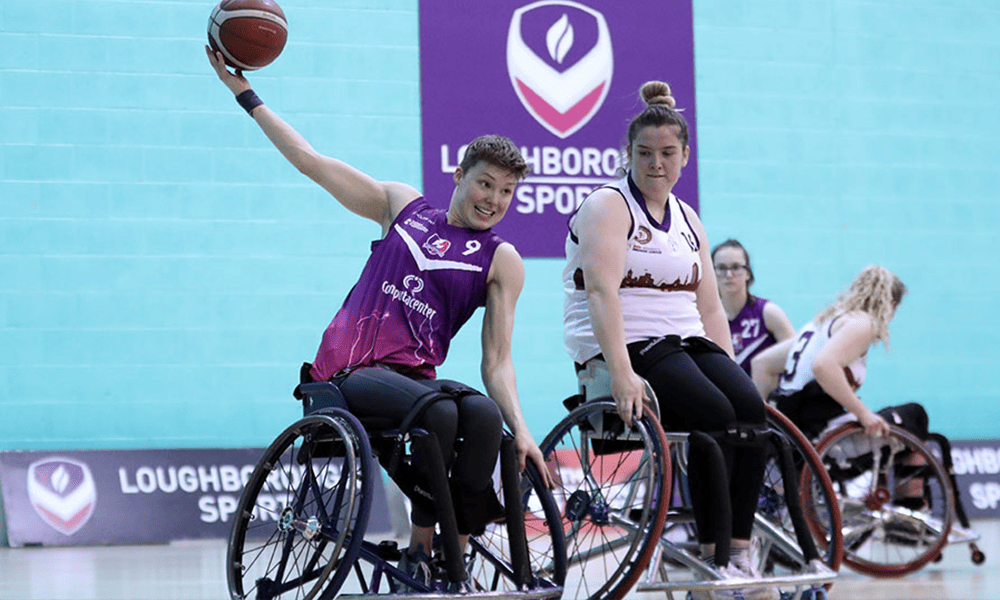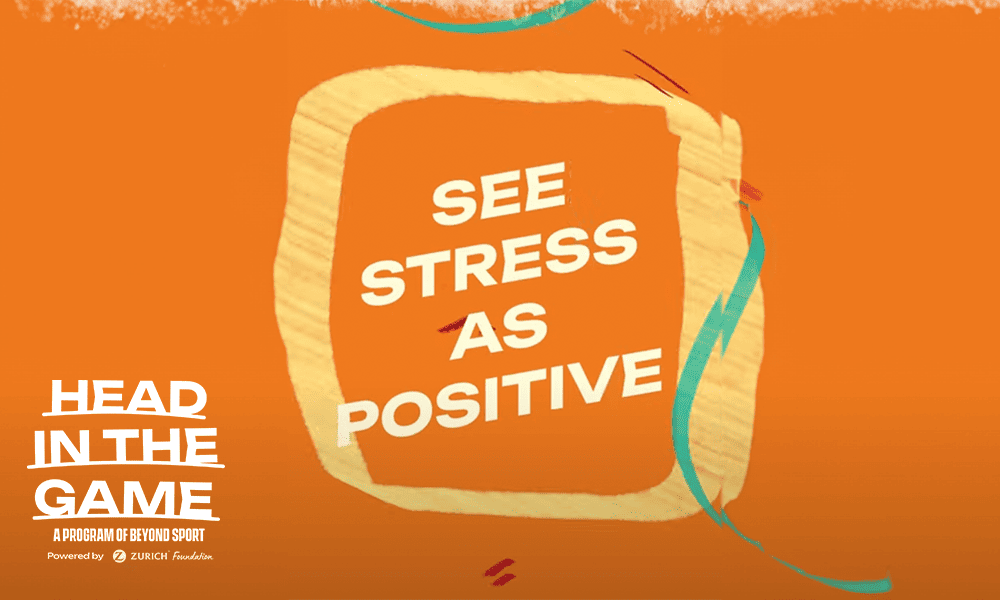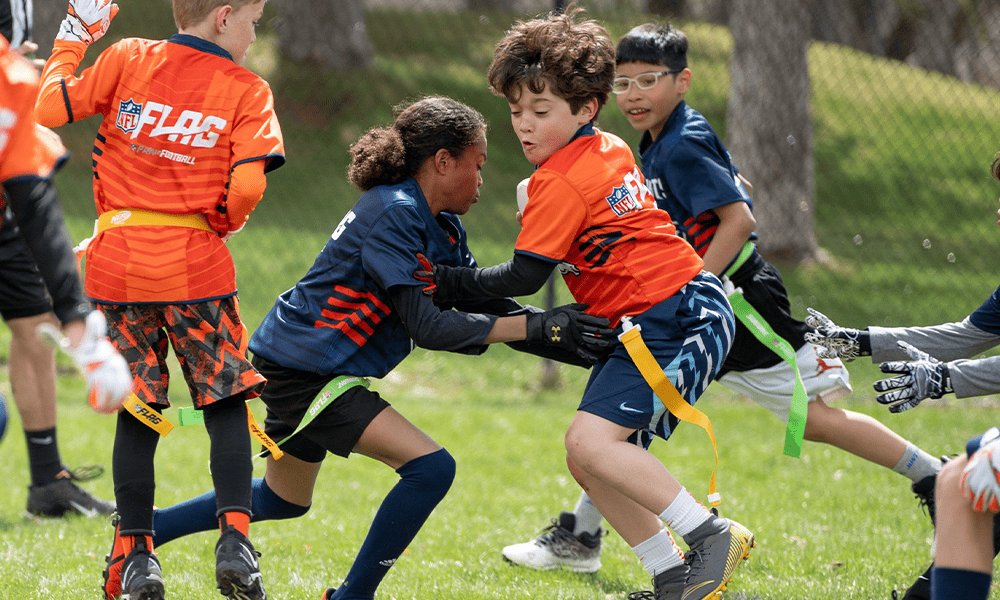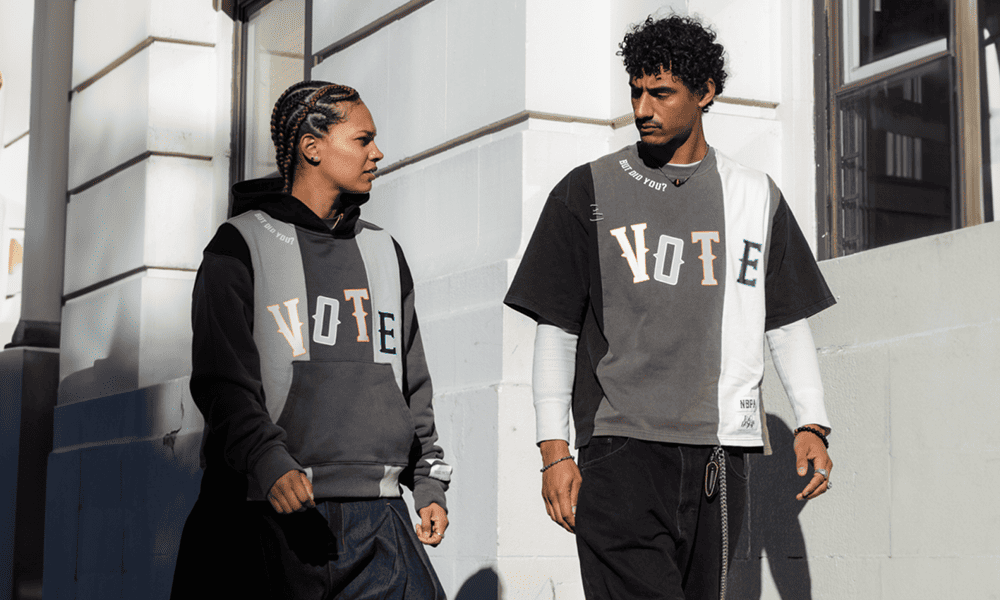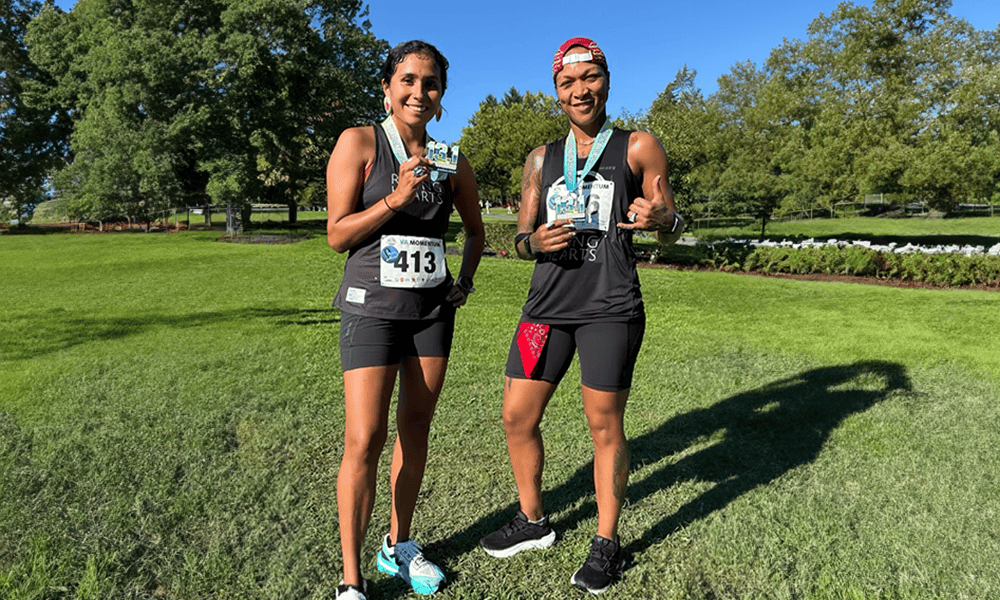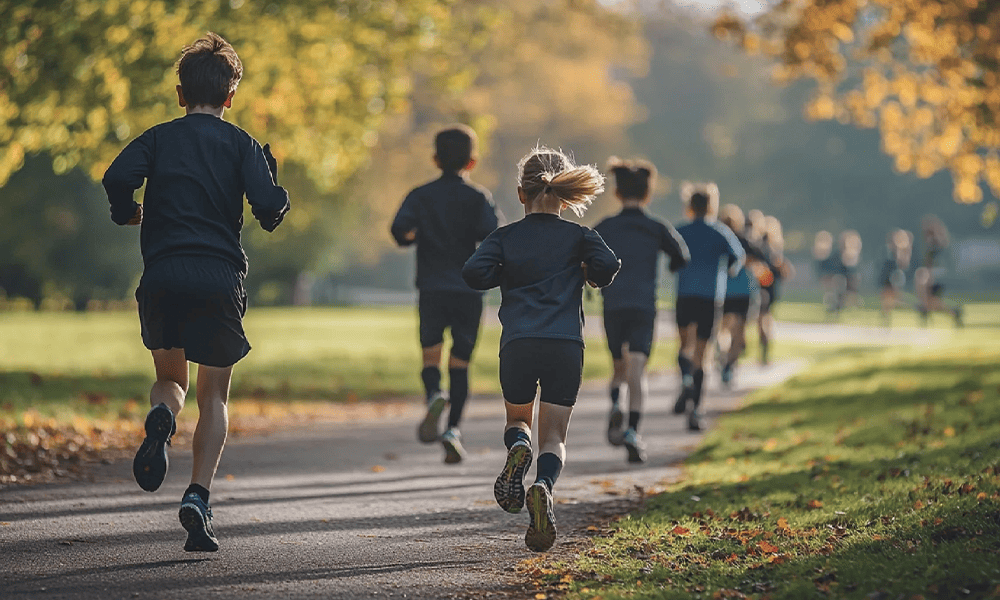December 9, 2022
Tomorrow is Human Rights Day, an international recognition that all human beings are born free and equal in dignity and rights, regardless of race, sex, nationality, ethnicity, language, religion or any other status. This year’s theme includes a call to action to #StandUp4HumanRights and ensure concrete action for justice when rights are violated.
With the continous revelations of systemic abuse of athletes, often fostered by “enabling cultures of sporting norms, nepotism, cover-up and retaliation,” the World Players Association, The Army of Survivors and the Sport and Rights Alliance recently released “Establishing Effective Safe Sport Entities.” The guide provides sports bodies, governments, player associations, civil society organizations and other stakeholders with a clear benchmark to prevent, investigate and respond to abuse in a manner that protects the safety, humanity, dignity and voice of impacted athletes.
Abuse occurs in all sports, ranging from harassment to physical or sexual abuse. World Players’ 2021 Census of Athlete Rights Experiences (CARE Report), conducted in partnership with Loughborough University, found that more than one third of athletes have experienced physical abuse, 13% at least one form of sexual abuse and 61% emotional abuse. Research has also shown a 44% reporting of physical violence in sport as children.
The partners note that current safe sport initiatives are coming up short and often exacerbate harm for victims and survivors. Athletes report a lack of support and safety, an absence of trauma-informed approaches, ineffective reporting procedures, a legalistic and adversarial system of dispute resolution and gaps when it comes to meaningful reparation and remedy.

“Abuse in sport is continuing to destroy the lives of thousands of players around the world. We cannot wait for the system to come up with a solution, as the system is part of the problem. There is an urgent need to establish new and carefully designed structures that can deal with these cases and meet the individual, collective and systemic justice needs of victims, survivors and athletes generally,” said World Players Executive Director Brendan Schwab.
Based on the prevalent athlete experiences when their rights are violated and coupled with expert knowledge from trauma and abuse experts, the guide emphasizes processes to gain athletes’ trust – essential to the success of any safe sport initiative. It includes key principles to embed in the establishment and operations of safe sport entities to promote justice and support for survivors:
- Human Rights-Based
- Survivor-Centred
- Independency & Accountablity
- Meaningful Stakeholder Engagament
- Effective Remedy
The guide also identifies five essential functions that need to be fulfilled when responding to the needs of survivors and to drive systemic change to achieve safe sport:
- Support
- Reporting
- Investigation
- Remedy
- Prevention
“To move forward, it is important that we learn from mistakes in the past. We need to finally start to focus on those most affected by the current failures: the athletes and survivors,” said Sport and Rights Alliance Director Andrea Florence. “For the effectiveness of any safe sport institution, it is absolutely critical to be based on meaningful, nonexploitative, safe and trauma-informed consultation with survivors.”
Click here to access the guidance. The Army of Survivors also has abuse in sport resources, accessible here.
